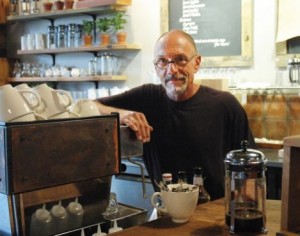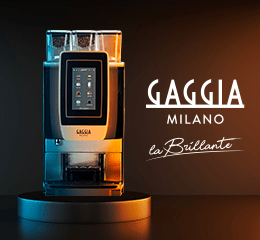Although most people love coffee, coffee beans have two enemies. Refrigerators and freezers are “not the friend, but rather the enemy of good coffee,” Starbucks coffee educator Major Cohen told Parade magazine.
One of the main problems with storing coffee that way is that moisture condenses on the beans or grounds, damaging the flavor.
Cohen started as a part-time barista with Starbucks in 1995. A life-long coffee fan, he now shares his passion and knowledge as a coffee education specialist.
To help people learn about coffee, Cohen conducts tastings, which are called “cuppings.” The process involves sniffing and slurping various coffees and describing both the aroma and taste with words such as spicy, earthy, roasty, and citrusy.
Parade asked Cohen to share tips for brewing coffee at home in the article “Do You Make This Common Mistake When Brewing Coffee.”
In addition, here are four fundamentals to help brew the perfect cup of Starbucks coffee at home:
Proportion The general rule for coffee-making is two tablespoons (10 grams) of ground coffee for each six ounces (180 milliliters) of water. Too few coffee grounds result in over-extracted or bitter coffee.
Too many grounds result in under-extracted coffee that does not achieve the full flavor of the blend. Proportion is the most common coffee-making mistake – and the easiest mistake to correct.
Grind
Different brewing methods require different grinds. A grind that is too fine will trap water and result in a bitter, unpleasant brew.
A grind that is too coarse leaves coffee weak and without distinguishing characteristics or flavors. Over-extracted coffee tastes much worse than under-extracted coffee, so when in doubt as to the brewing method, always err on the coarse side.
Coffee connoisseurs agree that the best coffee – thick, rich and truest to its flavor profile – is made in a traditional coffee press. A coffee press requires a coarse grind.
Water
While it may not seem like an important ingredient, coffee is 98 percent water.
The type of water used when brewing greatly affects the final taste. Always use clean, fresh water that is filtered or free of impurities – avoid soft water or well water. Water heated to just off the boil (195º-205ºF or 90º-96ºC) does the best job of extracting the coffee’s full range of flavors.
Water that is too cool will mute the flavor and dull the coffee’s aroma.
Freshness
Coffee’s biggest enemies are oxygen and moisture. Always store coffee in an airtight container at room temperature.
Storing coffee in the refrigerator or freezer can result in moisture from condensation and is not recommended for daily use.
If coffee needs to be kept for more than two weeks without being used, store it in the freezer in an airtight container. Coffee should be ground fresh each time it is made. Grinding exposes more surface area to oxygen, releasing flavor and freshness.
Brewed coffee should always be stored in a thermal carafe and never left on the burner or reheated.
Source: Starbucks















